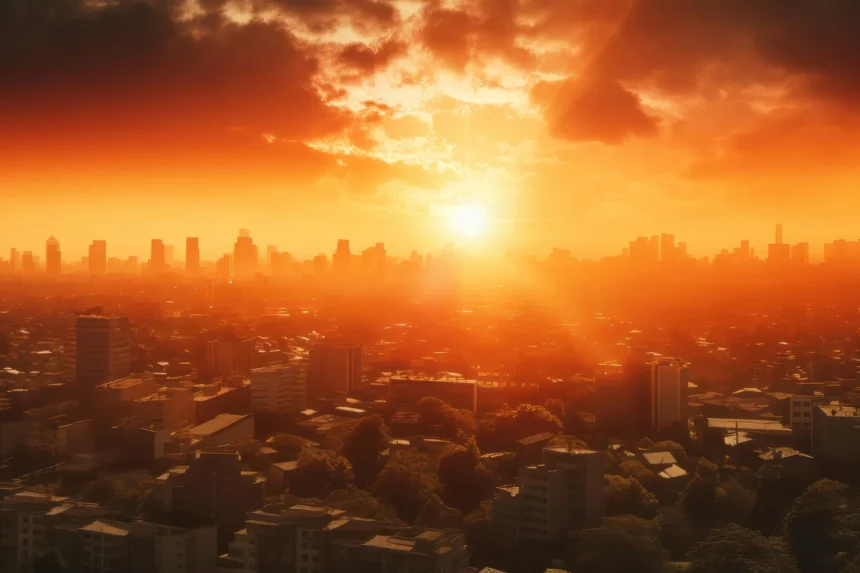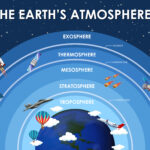🔥 Introduction
This year, 2025, is rewriting the record books when it comes to heat. From urban deserts to humid southern plains, several regions across the United States are experiencing their highest-ever temperatures. As extreme heatwaves sweep the nation, the hottest places in the US are drawing attention not only for their unbearable temperatures but also for their environmental significance in the growing climate crisis.
According to recent NOAA and Weather.com reports, 2025 is on track to become one of the warmest years in U.S. history. With consistent highs breaching 110°F in multiple states, the conversation around livability, infrastructure, and climate resilience has gained new urgency.
In this article, we’ll explore the top 5 hottest places in the US in 2025, dive into their rising temperature trends, and unpack the climatic and geographic factors contributing to their heat. Whether you’re a researcher, traveler, or simply climate-curious, this list is as informative as it is intense. Let’s dive into the scorched zones you’ll think twice about visiting.
Related: 5 Most Extreme Climates on Earth That Make Survival Impossible
🌡️ Hottest Cities in the US – 2025 Snapshot
| Rank | City | State | Avg High (°F) | Record Temp (2025) | Known For |
|---|---|---|---|---|---|
| 1 | Phoenix | Arizona | 114°F | 120°F | Desert heat & dry summers |
| 2 | Las Vegas | Nevada | 112°F | 117°F | Urban heat island effect |
| 3 | Death Valley | California | 118°F | 126°F | Hottest place on Earth |
| 4 | El Paso | Texas | 108°F | 114°F | Dry desert and low rainfall |
| 5 | Yuma | Arizona | 110°F | 116°F | Sunniest place in America |
Related: Unlock Bliss: Top 10 U.S. Cities with the Best Weather Year-Round You’ll Adore
Top 5 Hottest Places in the US in 2025
#1. Phoenix, Arizona – Scorching at 120°F
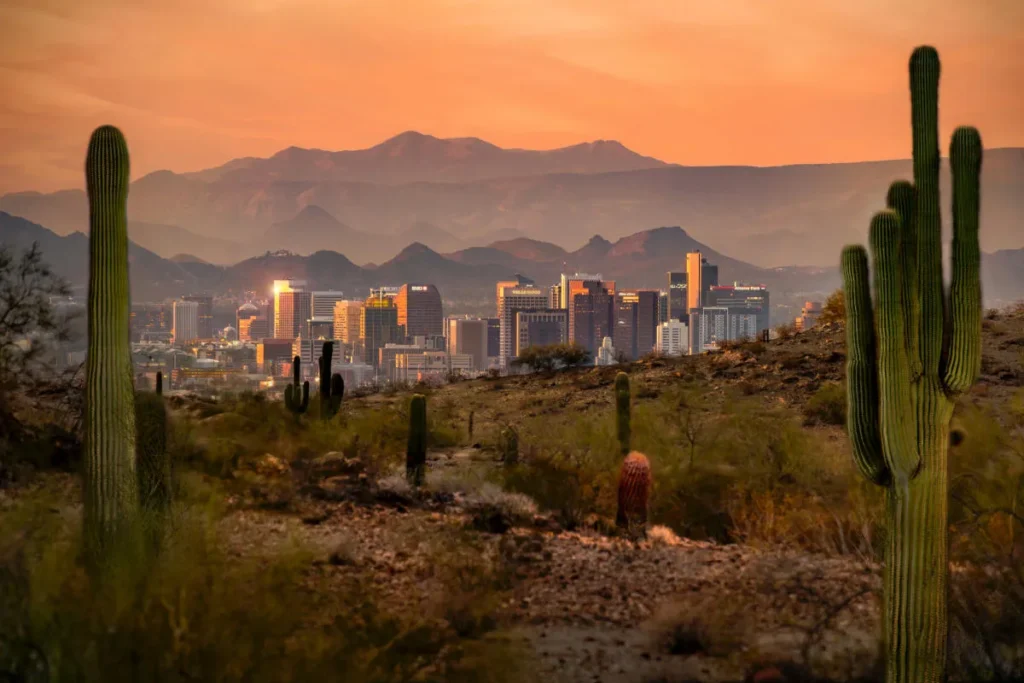
🔍 Why Is Phoenix the Hottest Place in the US in 2025?
Phoenix continues to dominate the list of hottest places in the US, hitting a blistering 120°F this July. In recent years, Phoenix has consistently led national temperature charts due to its desert geography and rapid urban expansion.
Key Climate Factors:
- Located in the Sonoran Desert
- Minimal rainfall and extreme solar radiation
- Urban heat island effect from expanding infrastructure
Local Impact in 2025: Phoenix faced 36 consecutive days over 110°F this summer—a record-breaking streak. Cooling centers reached capacity, and outdoor work schedules were significantly reduced.
“Our summers are becoming more than just hot—they’re turning dangerous,” said Dr. Julia Marin, climatologist at Arizona State University.
Interesting Fact: Phoenix set a new all-time nighttime high of 98°F, meaning the heat didn’t let up even after sunset.
Read More: Desert Food Web: Uncover the Secrets of Life in Extreme Environments
#2. Las Vegas, Nevada – 117°F and Rising

🎰 Heat Hits the Strip
Las Vegas may be famous for its dazzling nightlife, but in 2025, the real fire is in the atmosphere. Averaging 112°F throughout July and peaking at 117°F, Vegas ranks among the hottest temperatures in America in 2025.
What’s Causing the Spike?
- Surrounded by arid mountain ranges
- Reflective surfaces and dense construction trap heat
- High energy consumption adds to the warming loop
Climate Concerns: Hotels and casinos increased water usage for cooling, while local officials urged tourists to avoid midday outdoor activities.
“The Strip may be alive at night, but during the day, it feels like a furnace,” remarked a CNN reporter on-site.
Read More: 15 Incredible Places to See on Your California Road Trip for an Unbeatable Experience
#3. Death Valley, California – Earth’s Furnace at 126°F
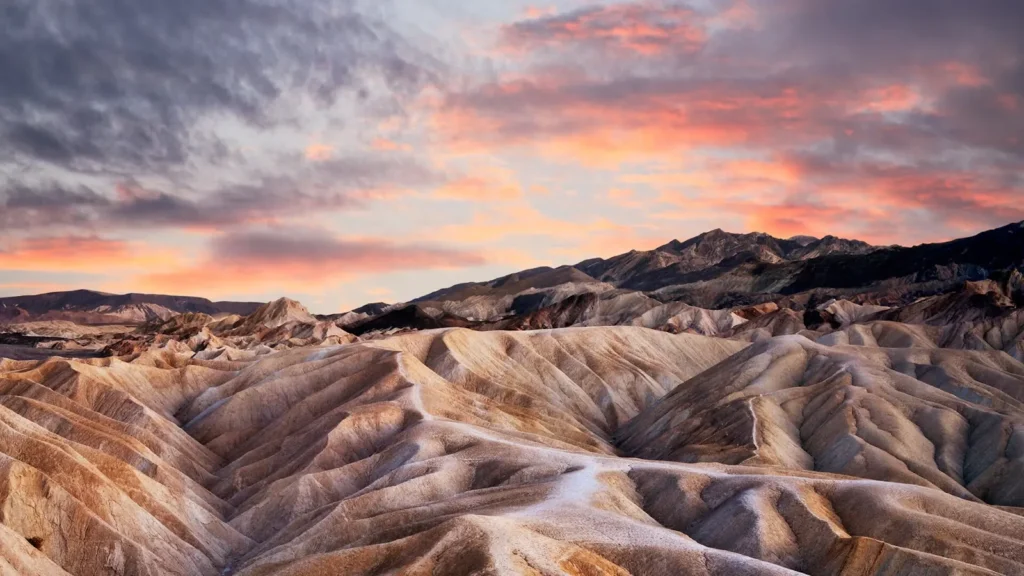
☠️ Living (or Not) in the World’s Hottest Place
Death Valley retains its legendary status as one of the hottest places in the US and the world. In 2025, it hit 126°F, not far off its all-time high of 134°F recorded in 1913.
Why So Hot?
- Deep basin below sea level
- Surrounded by mountains, which trap heat
- Ultra-low humidity, clear skies
Scientific Note: NASA’s Earth Observatory confirmed rising surface temperatures in Death Valley using satellite thermal imagery, showcasing unprecedented heat levels.
Traveler Alert: National Park rangers reported multiple incidents of heatstroke, urging visitors to explore only before 10 AM.
Read More: Top 20 Most Beautiful National Forests of America: Where Nature’s Wonders Come Alive
#4. El Paso, Texas – Blazing Trails at 114°F
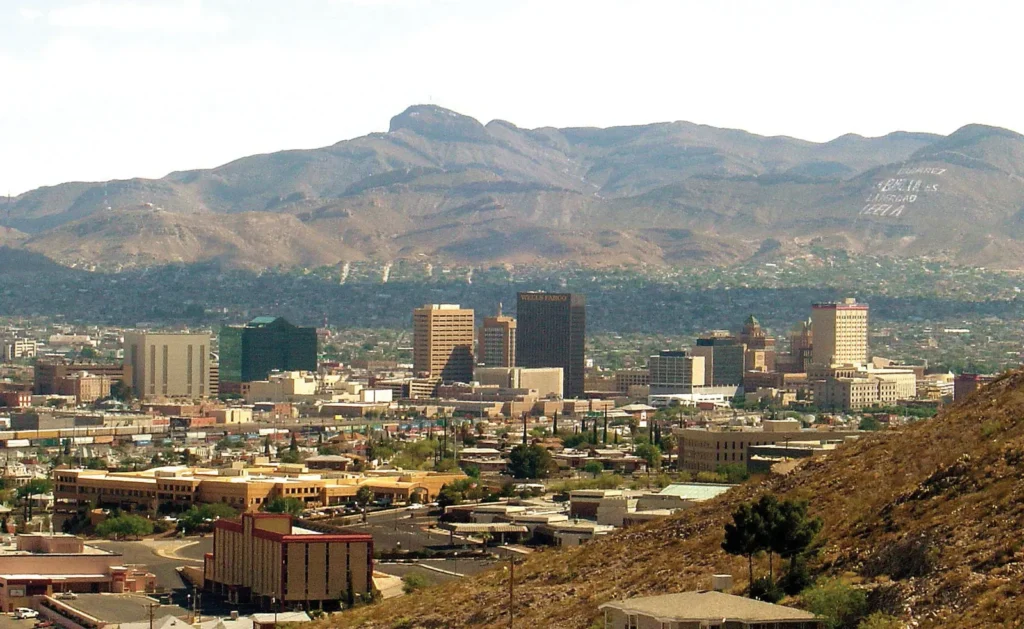
US Borderline Heatwave
El Paso’s 2025 summer delivered new highs, with 114°F recorded during a prolonged heatwave in early July. While it’s no stranger to desert heat, this year has pushed the limits.
Why Is It Getting Hotter?
- Low annual rainfall
- Dust storms combined with stagnant high-pressure systems
- Urban growth with limited green cover
Public Reaction: City officials introduced a “Heat Stop” initiative offering shade and hydration to outdoor workers and vulnerable populations.
Read More: Oymyakon – The Coldest Inhabited Place on Earth: Brutal Truths About Life at -60°C
#5. Yuma, Arizona – The Sun Never Sleeps at 116°F
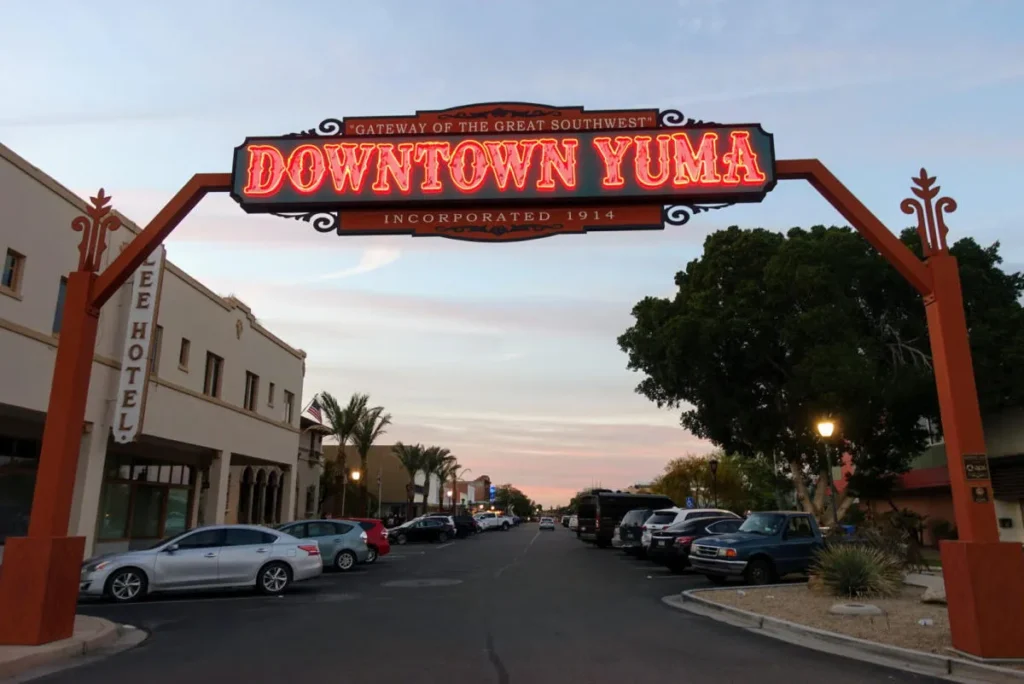
🌞 America’s Sunniest City Earns Its Title
Known for its sun-soaked days, Yuma often gets overlooked—but not in 2025. With 116°F highs and 100+ days above 100°F, it rounds out our list of the hottest places in the US.
What’s Fueling the Heat?
- Over 90% sunshine year-round
- Dry, low-altitude terrain
- Proximity to the Gila Desert
Impact on Agriculture: Yuma’s important role in winter vegetable farming faces challenges due to extreme soil heat and water management issues.
Read More: Catatumbo Lightning: 8 Incredible Facts about the Mystery of Maracaibo Lake
🔍 Heat Trends in the US – 2025 and Beyond
📊 Top 10 Hottest Cities by Average Summer Highs
(Full list from NOAA and The Weather Channel, 2025 data)
- Phoenix, AZ – 114°F
- Las Vegas, NV – 112°F
- Death Valley, CA – 118°F
- El Paso, TX – 108°F
- Yuma, AZ – 110°F
- Palm Springs, CA – 107°F
- Tucson, AZ – 106°F
- Bakersfield, CA – 105°F
- San Antonio, TX – 104°F
- Fresno, CA – 103°F
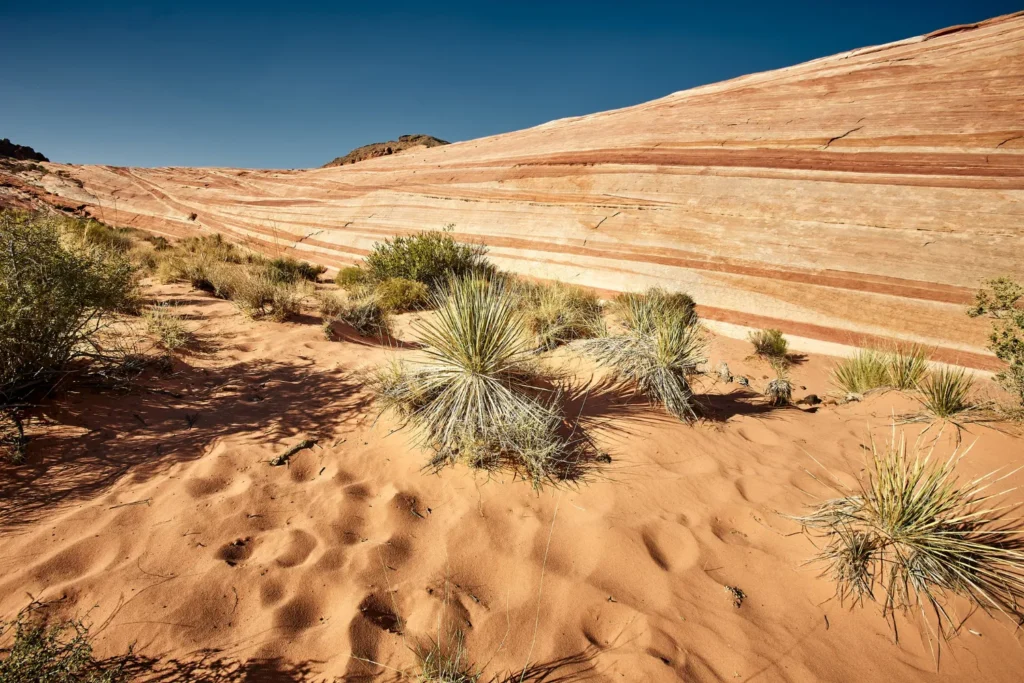
🧪 Climate Science Behind the Heat
The extreme heat we’re experiencing in 2025 isn’t just a seasonal anomaly—it’s part of a long-term climatological shift impacting some of the hottest places in the US. According to a recent NOAA climate study, several scientific factors are contributing to these record-breaking heatwaves.
🌊 El Niño’s Return and Amplified Effects
This year, we’re seeing a strong El Niño event, which naturally warms the central and eastern Pacific Ocean. That warmth disrupts global weather patterns, especially in North America, leading to hotter, drier summers across the Southwest and Western US. Cities like Phoenix, Las Vegas, and Yuma are particularly vulnerable because their already arid climates amplify the warming effect.
Read More: What Is The Difference Between El niño and la niña
💨 Atmospheric Stagnation and Heat Domes
In 2025, there has been a persistent high-pressure ridge over much of the western US. This creates what’s known as a “heat dome”—a phenomenon where hot air gets trapped near the surface, pushing temperatures even higher. Under these conditions, cities experience prolonged periods of extreme heat with little overnight cooling, a trend becoming increasingly common in the hottest places in the US in 2025.
🌍 Greenhouse Gas Emissions and Long-Term Warming
Rising levels of CO₂ and methane in the atmosphere are intensifying the greenhouse effect, leading to accelerated global warming. According to NASA Earth Observatory, this year’s surface temperatures are some of the highest recorded in modern history. This long-term trend is a key driver behind the hottest temperatures in America in 2025.
Read More: Greenhouse Effect | A Challenge for the Future of the Earth

“What we’re seeing now is not just a heatwave—it’s a preview of future climate norms,” says Dr. Amanda Keller, NOAA Senior Climate Analyst.
📈 Key Takeaway:
The science is clear—the hottest places in the US are getting hotter not by chance, but due to a complex interaction of natural climate variability (like El Niño) and human-induced climate change. This knowledge is crucial for preparing cities and communities to adapt and stay safe in the years to come.
Read More: Climate Migration: How Climate Change is Forcing U.S. Coastal Communities to Relocate
🚨 Heat Safety Tips (2025 Guidelines)
- Drink water every 20 minutes
- Stay indoors between 11 AM – 4 PM
- Wear breathable, light-colored clothing
- Use sunscreen (SPF 30+)
- Never leave pets or people in parked vehicles
💡 Key Takeaway:
The hottest places in the US are becoming even hotter in 2025. Whether due to desert geography, rapid urbanization, or global warming, these cities are at the frontline of climate extremes.
🧠 Conclusion: What This Means for the Future
As we reflect on the hottest places in the US for 2025, one thing is clear—our environment is changing faster than expected. The scorching cities we’ve highlighted are not outliers anymore; they’re a preview of what many regions could soon experience.
This year, the heat isn’t just inconvenient—it’s reshaping how we live, travel, and build cities. The rising temperatures demand more than awareness. They call for immediate climate adaptation, better infrastructure planning, and robust public health support.
We’ve covered facts, science, and firsthand reports—but the next step is up to all of us. Let’s stay informed, prepared, and involved as we head into a hotter future.
🤔 FAQs
1. What’s the hottest city in the US in 2025?
Phoenix, Arizona, tops the list with highs reaching 120°F.
2. Is Death Valley still the hottest place on Earth?
Yes, with temps hitting 126°F this year.
3. Why is the Southwest so hot in 2025?
Due to El Niño patterns, urban heat effects, and ongoing climate change.
4. What month is the hottest in the US?
July remains the hottest, based on NOAA’s latest data.
5. Are these temperatures safe to live in?
Long-term exposure is dangerous without adaptation and support systems.


